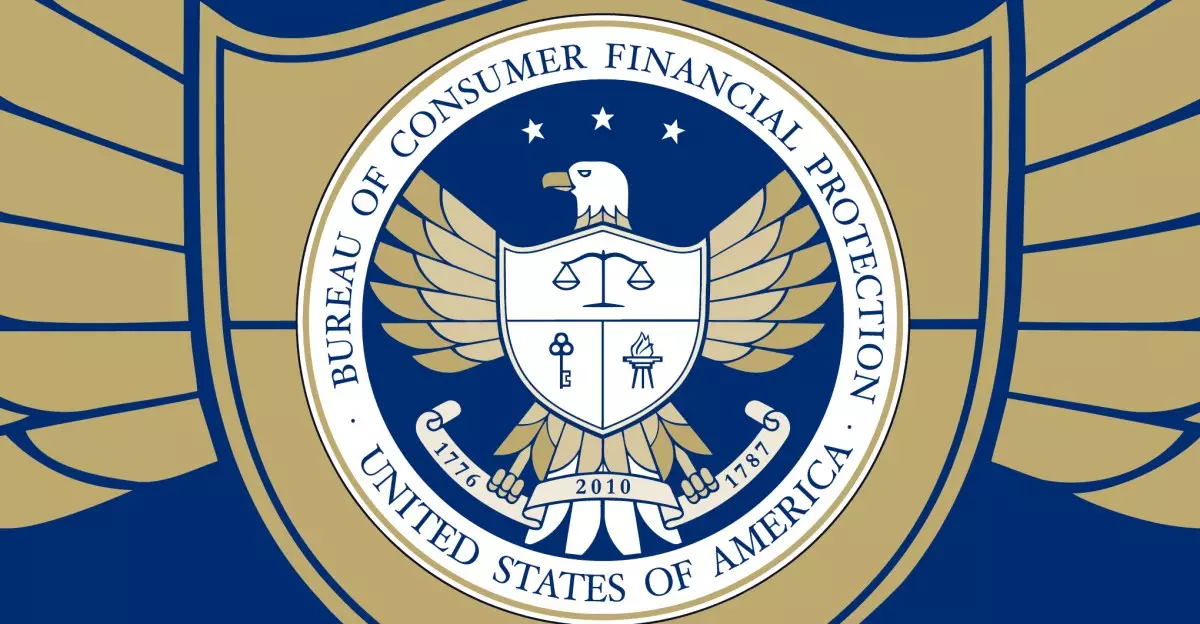In recent news, a wave of administrative turmoil has rocked the Consumer Financial Protection Bureau (CFPB). Approximately 70 employees, previously dismissed under suspicious circumstances, have found themselves navigating a complex web of reinstatement after a judge’s ruling mandated their return. Such drastic measures raise profound questions about the inner workings of government employment and the implications of abrupt leadership changes. The backdrop of these events is the sudden arrival of Elon Musk’s Department of Government Efficiency, which seemingly prompted mass terminations — a move reminiscent of practices in corporate restructuring rather than the public sector’s typically steadier waters.
This chaotic environment is not merely a story of human resources gone awry; it’s a narrative steeped in a broader context of governmental oversight and policy tenacity. The CFPB was originally established to guard against financial abuses and protect consumers, yet now it faces existential threats that could undermine its foundational purpose. The alleged mass firings not only highlight issues of employment fairness but also point to an unsettling trend of political interference in agencies meant to operate independently.
Reinstatement with Strings Attached
Interestingly, while many employees received letters notifying them of their reinstatement, the reality is far from straightforward. A notable finding is that reinstated employees remain on administrative leave, with access to necessary resources such as laptops and internal systems still pending. This curious status leaves many in a sort of limbo — technically back in their roles, yet unable to engage meaningfully in their work. It raises the question: what does it truly mean to be reinstated if the fundamental tools for job execution are withheld?
Though employees may receive backpay, the ambiguity surrounding their responsibilities during this administrative leave complicates the situation. Does this mean they will return to the same roles, or will the onus of their duties change? The uncertainty wrapped in these reinstatements reflects a lack of coherent communication from the agency’s leadership, further fueled by a climate of fear stemming from the recent firings.
The Role of Leadership in Turbulent Times
Amidst the upheaval, acting chief human capital officer Adam Martinez insists that there is hope for recovery. His testimony in federal court reveals an intriguing paradox — though the agency’s new leadership appears “more measured,” they are also embroiled in a legal battle against claims of illegal attempts to dismantle the CFPB. The push for stability in a time of chaos can be seen as both a necessity and a far-fetched illusion when the foundations of leadership are shaky.
The delicate balance between restoring trust and maintaining control is perhaps the most pressing leadership challenge today. Risk management becomes paramount as reinstated employees grapple not only with their professional standing but with their emotional wellbeing in a changing environment rife with turmoil. An agency designed as a bastion of consumer protection must navigate these treacherous waters carefully to avoid losing its fundamental mission.
Union Power and the Fight for Justice
The union representing CFPB employees plays a crucial role in this saga, asserting that the current administration seeks to illegally undermine the agency. They champion the narrative that the cuts made were not only unjust but part of a broader strategy aimed at dismissing the CFPB altogether. This claim of systemic sabotage speaks to the frightening implications for not just those within the agency but for all consumers who rely on its oversight.
Worker solidarity is gaining momentum as employees band together against the perceived injustices of their treatment. The union’s efforts underscore the importance of collective bargaining and the rights of those in the public sector at a time when governmental roles and responsibilities are under constant scrutiny. How this clash unfolds will undoubtedly set significant precedents for government employment, agency autonomy, and workers’ rights moving forward.
The unfolding situation at the CFPB encapsulates a larger struggle not only for those directly involved but also for the public at large. The intersection of politics, agency integrity, and employee rights lays the groundwork for pivotal changes that will enrich or erode trust in essential governmental functions. The potential for recovery rests in how these elements coalesce in a time of unprecedented scrutiny and upheaval. The challenge for the CFPB is not only to restore its workforce but to reclaim its narrative as a protector of consumer rights in a complex financial landscape.

